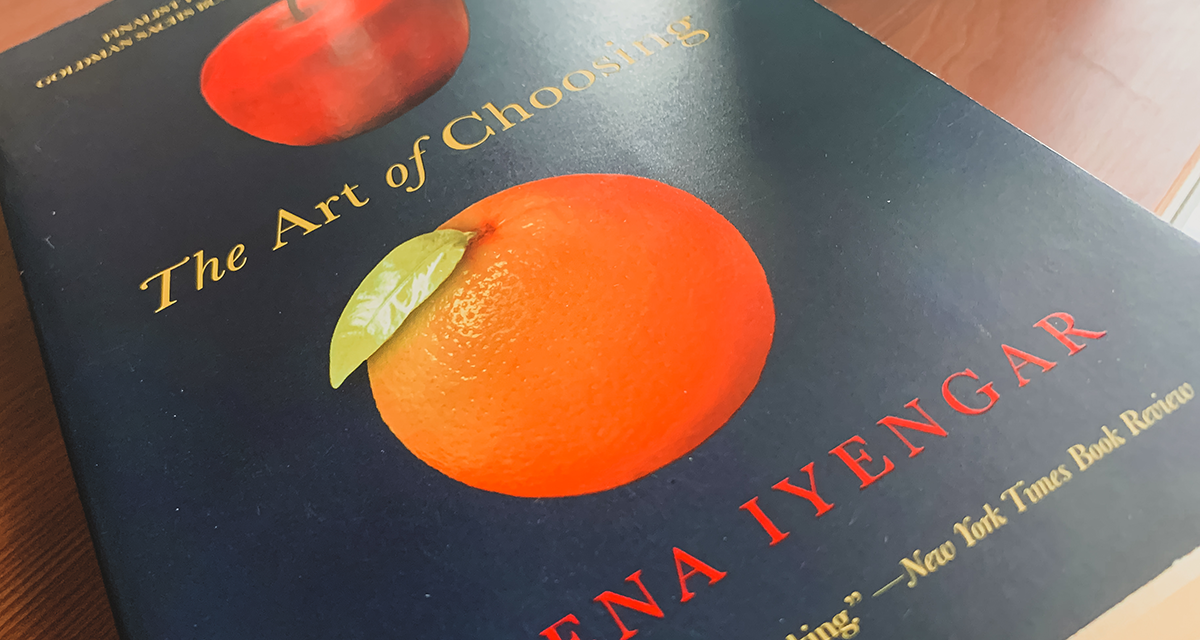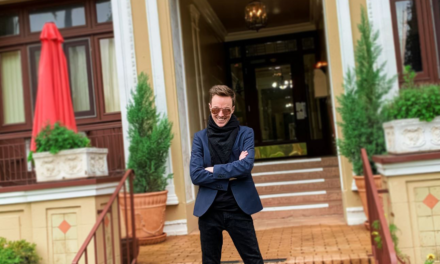In the book, The Art of Choosing, author Sheena Iyengar dissects the role choice plays in humans’ lives — helping to form our society, systems, and ways of life, and how our environment and culture influences our choices.
Sheena Iyengar is a Columbia University professor most famous for conducting the jam experiment showing the more choices a human has, the less likely they are to make a purchase.
Questions emerge and answered when reading The Art of Choosing.
Do we influence the choices we’re presented with in life? Does choice manipulation change our behavior? Do we desire choices? How many choices are we presented with daily?
At every turn, we quickly see life is a series of choices.
Unlike animals in captivity — we eliminate and create choices in every situation depending on past experiences, our cultures, and what we’ve become accustomed to.
Ultimately, choice perception is a constructed illusion built over time.
We watch the choices of others.
A positive attribute of the human species is our ability to learn by watching. Continually, and through all stages of life, we watch the choices made by those around us, calculate, and make choices mentally compared to the example choices we’ve seen made in the past.
In the end — the choice is ours.
I feel lucky in that I’ve had enough life experiences so far to recognize that I have full freedom to choose based on my own intents and desires.
It hasn’t always been that way, as in the past, I’ve made choices more based more negatively. We do not have to choose out of fear, guilt, or shame and instead make decisions based on intuition, positivity, and belief, and The Art of Choosing reminds of this freedom.
Whether a simple choice or a choice that will change the outcome of our entire lives, take a moment to analyze every choice, and construct its interpretation firmly based on reality.





